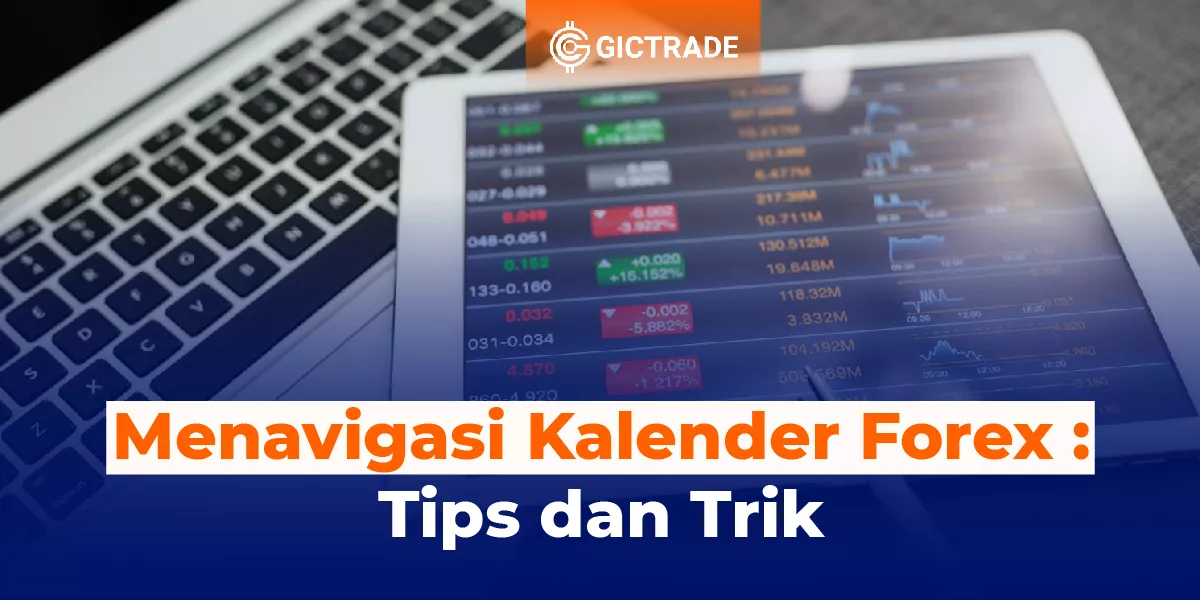
What is the ATR (Average True Range) Indicator?
ATR is a technical analysis indicator, introduced by market technician J. Welles Wilder Jr. in his book New Concepts in Technical Trading Systems, which measures market volatility by covering the entire asset price range for that period. Average True Range is a technical indicator that measures the volatility of an asset's price. Because ATR is an indicator of volatility. it shows how much the price fluctuates, on average, over a given period of time. Average True Range (ATR) can be interpreted as follows:- If the higher the value of the indicator, the higher the probability of a trend change.
- If the lower the value of the indicator, the weaker the movement in the trend.
How does the Average True Range indicator work?
The Average True Range indicator app allows prediction of trend changes by utilizing the average of True Ranges and revealing volatility. If the ATR value goes up, there is high volatility and a high probability of a trend change. Similarly, a low ATR refers to lower price volatility. Therefore as the trend changes, it also provides Market Sideways signals, which are difficult to determine unless indicators such as the Average Directional Index (ADX) and Directional Movement Index (DMI) are used. In essence, it follows the fundamental idea of a security range (high price – low price); If the range is high, the volatility is high and vice versa. The ATR indicator is non-directional. This is more in line with predicting the occurrence of trend changes than predicting an accurate direction. It never determines the direction, such as whether or not a bullish sentiment will occur. It is more useful as an indicator for finding breakout points, detecting entry signals, deciding on profit targets, placing stop-losses, or stopping volatility. Also, it is always used in relation to other indicators such as support and resistance indicators and trendlines. The Turtle Trading System, Chandelier Exit, and Keltner Channels are examples of "ATR Band" applications. The ATR measure is a universal indicator because it can measure the volatility of price changes in different asset classes or markets. Also, it is used to measure volatility for a specific duration ranging from intraday time frames to larger time frames. It helps active traders trade when the market is ready to accelerate. Average True Range (ATR) Limitations To know the limitations of the ATR, you should know that there are 2 main limitations to using the ATR indicator. First, ATR is a subjective measure, meaning it is open to interpretation. There is no single ATR value that tells you for sure whether or not a trend is going to turn. Meanwhile, the definition of ATR must always be compared to the previous understanding to feel the weakness or strength of the trend. Second, the ATR only measures volatility and not a direction of asset prices. This can sometimes give birth to diverse signals, especially when the market is experiencing a pivot or conditions when the trend is at a turning point. For example, a sudden increase in the ATR after a large move against the prevailing trend may make some traders think that the ATR is verifying an old trend. However, this may not actually be the case.How to Calculate ATR
The main component of the ATR formula is the True Range (TR) value. TR (current TR) is the largest of the following: High current minus low current: (high current – low current) High current minus previous close (yesterday): absolute (current high – previous close) Current low minus previous close (yesterday): absolute (current low – previous close)
The TR formula above shows that the ATR calculation includes the Open, High, Low, and Close asset values. Usually, the value of n is 14 by default because it is believed that the 14-day period provides the most reliable output, and the ATR reveals the average volatility over the last 14 days.
How the Average True Range helps us in our trading decisions
In simple terms, stocks with a high level of volatility have a higher ATR, and similarly, stocks with lower volatility have a lower ATR. Traders use indicators to enter and exit trades and also to place stop losses to reduce losses if the price moves in the opposite direction. The rule of thumb for placing a stop loss using the ATR is to multiply the ATR by two. So if you are buying a stock, then you can place a stop loss at 2 x ATR below the entry price. Similarly, If you are selling a stock, then you should place a stop loss at 2 x ATR above the entry price. If you buy and the price moves well, keep moving the stop loss to 2 x ATR below For example, a long trade is taken at Rs.100 and the ATR value is 2. Then you can place the stop loss at Rs.96 i.e. {100-(2* 2)}. And when a short trade is taken at Rs. 100 and the ATR value is 2. Then you can place the stop loss at Rs.104 i.e. {100+ (2*2)}. That's an explanation of bank reconciliation, you can also read other GIC articles to get more knowledge, such as the explanation of the Black Card, only in the GIC Journal. Make sure, download GIC Mobile Apps on the Google Play Store as well as the Apple App Store. Don't forget to register for trading on GIC to try to start owning digital assets.
 Last:
Last: 







